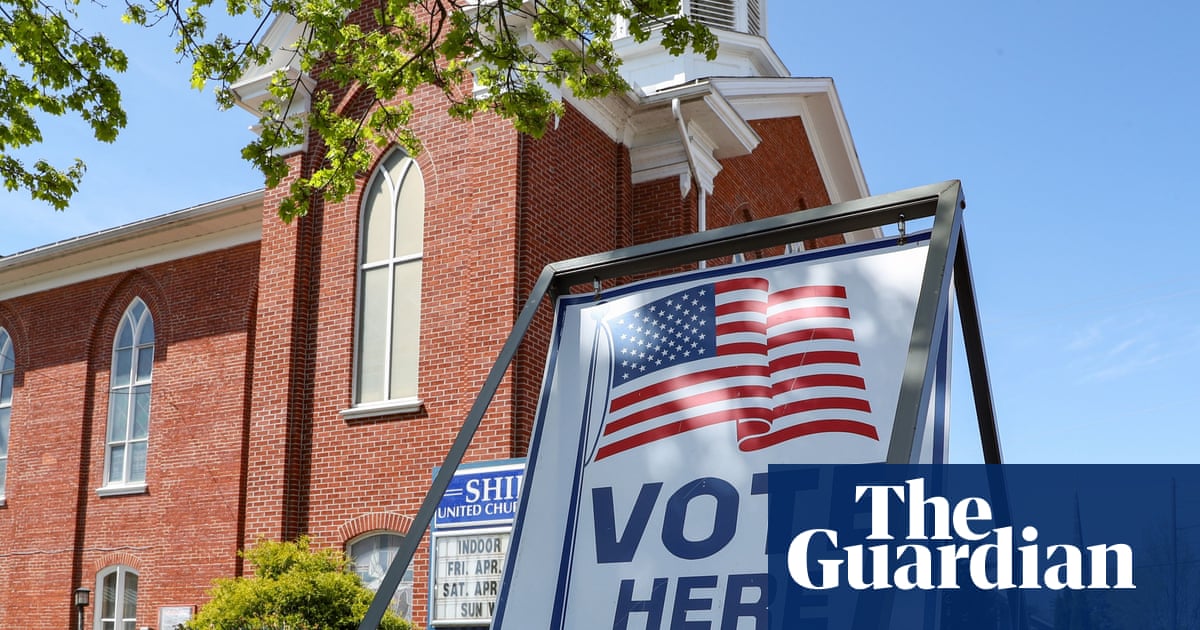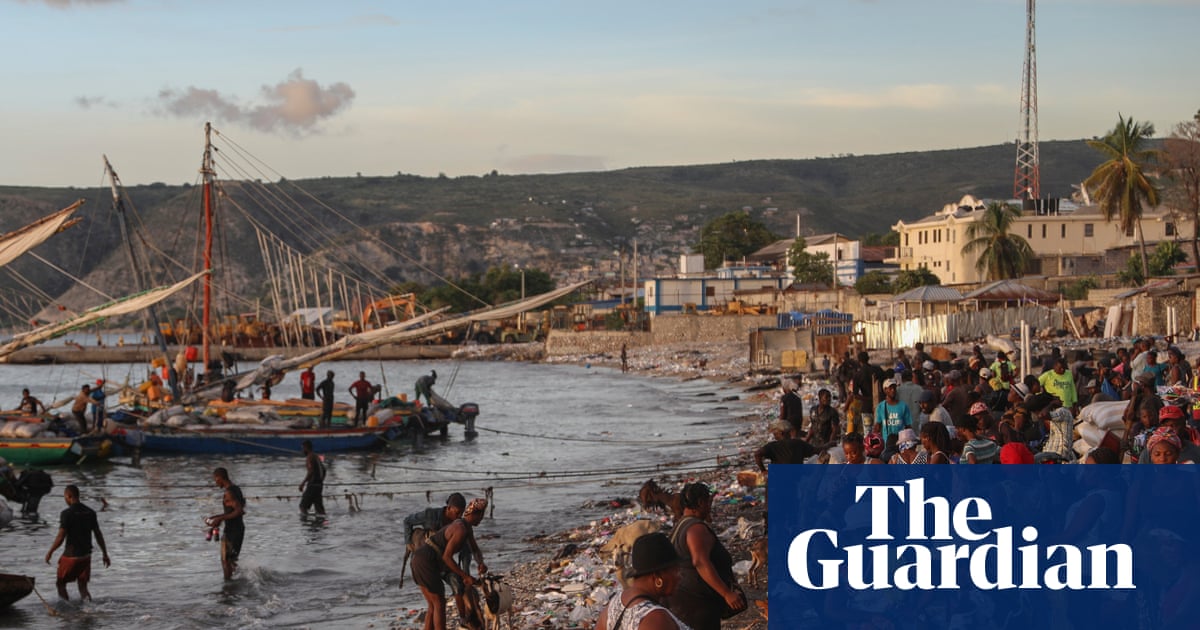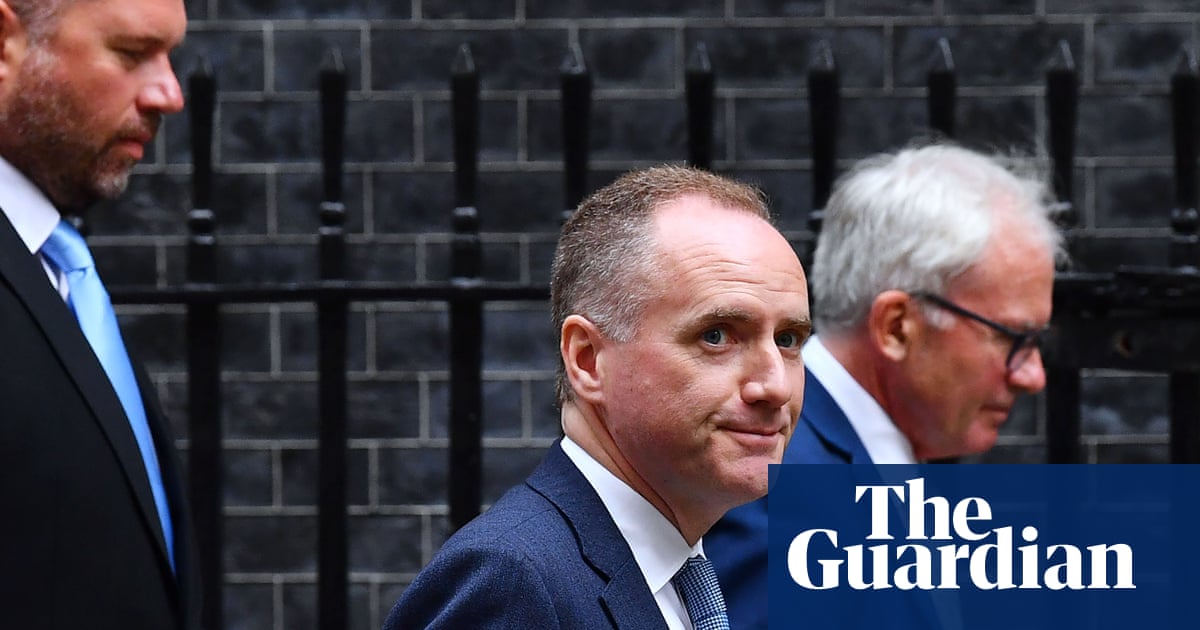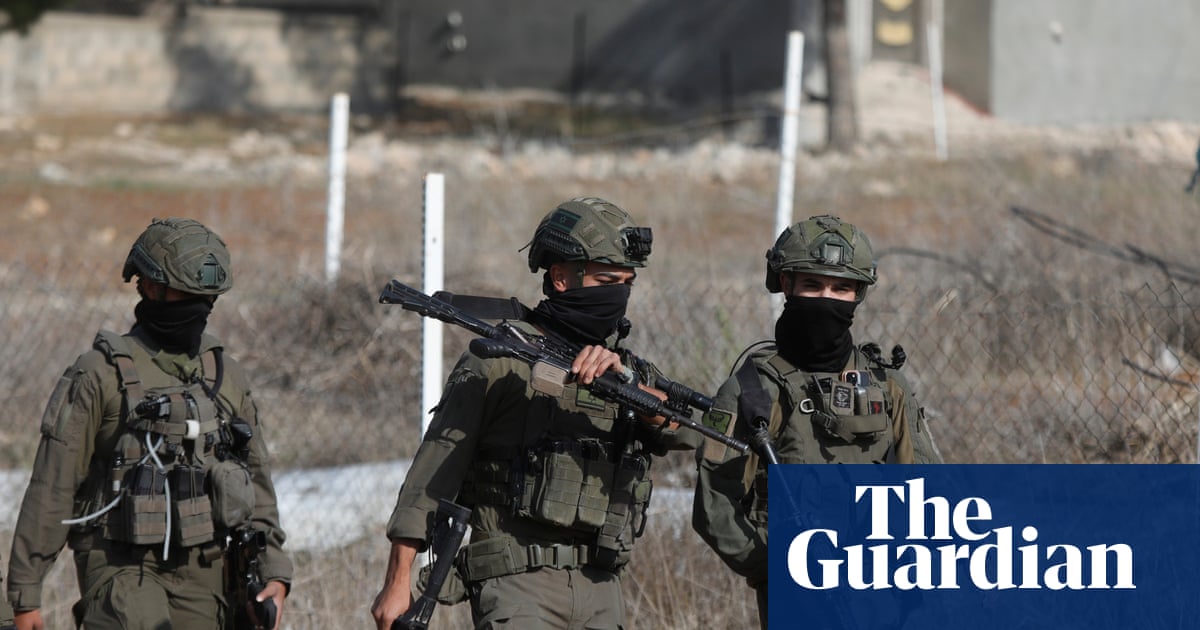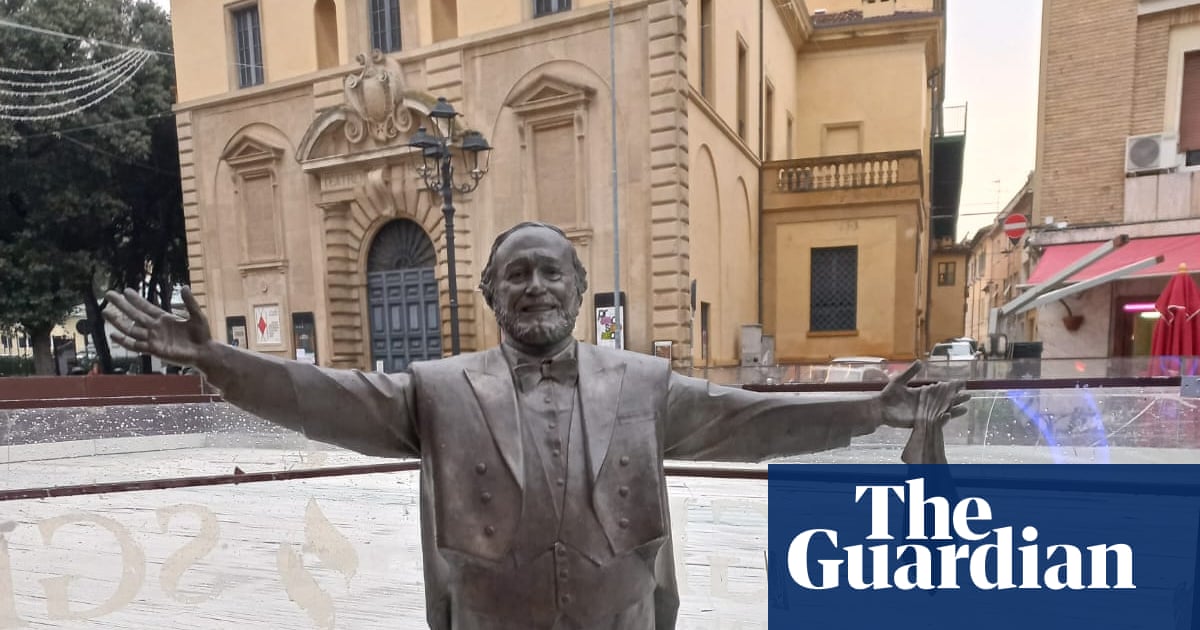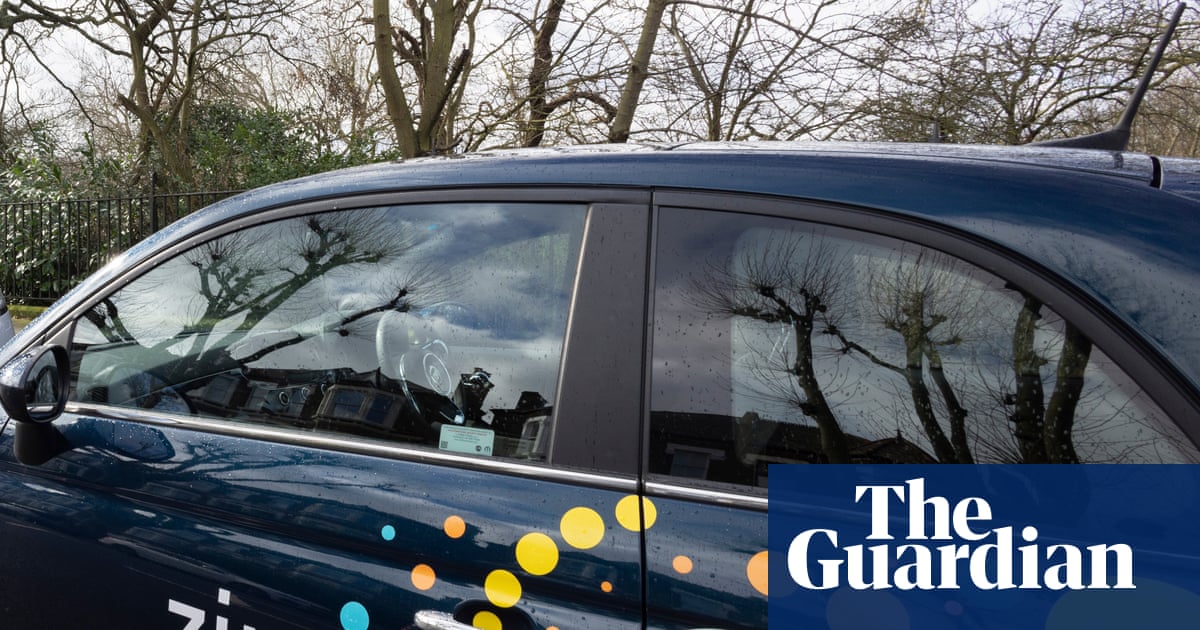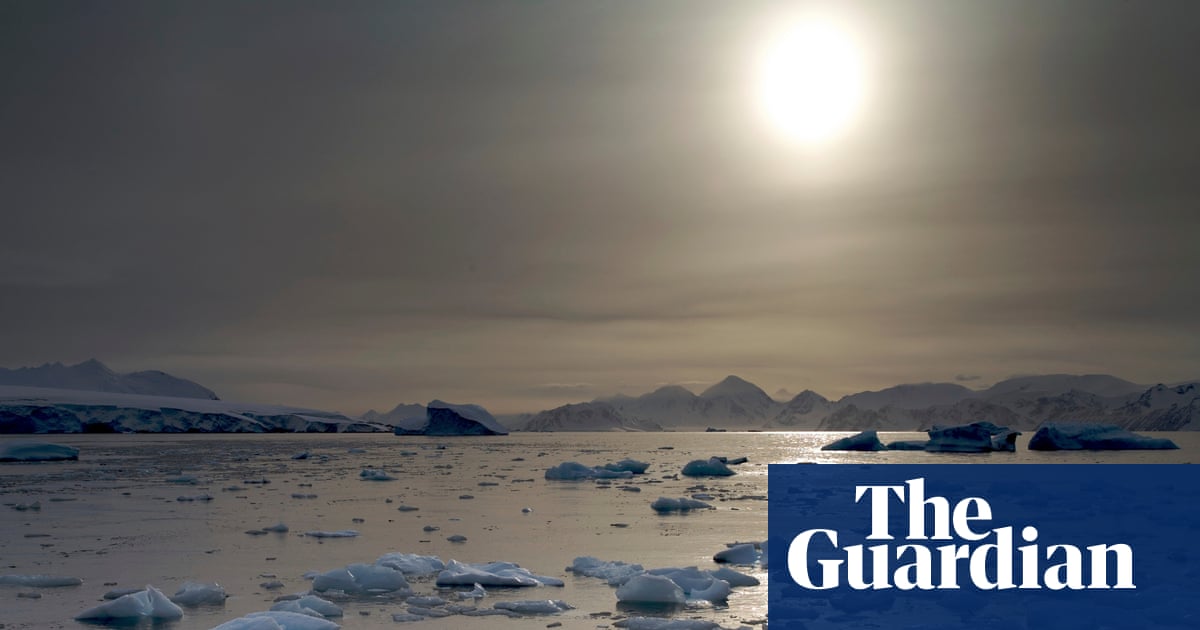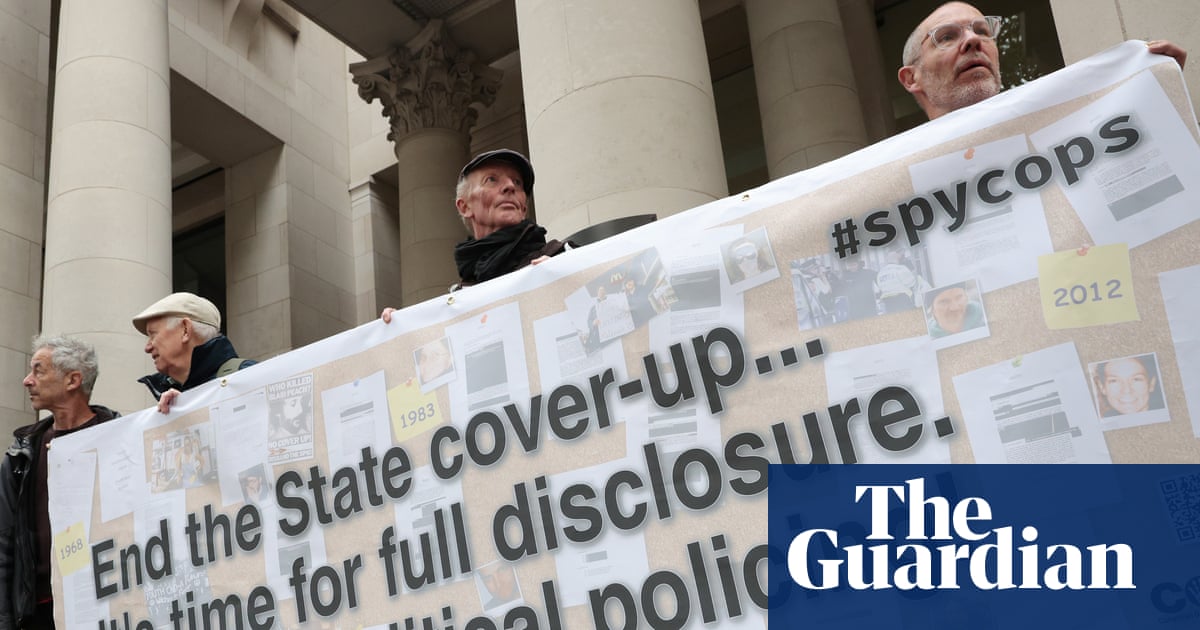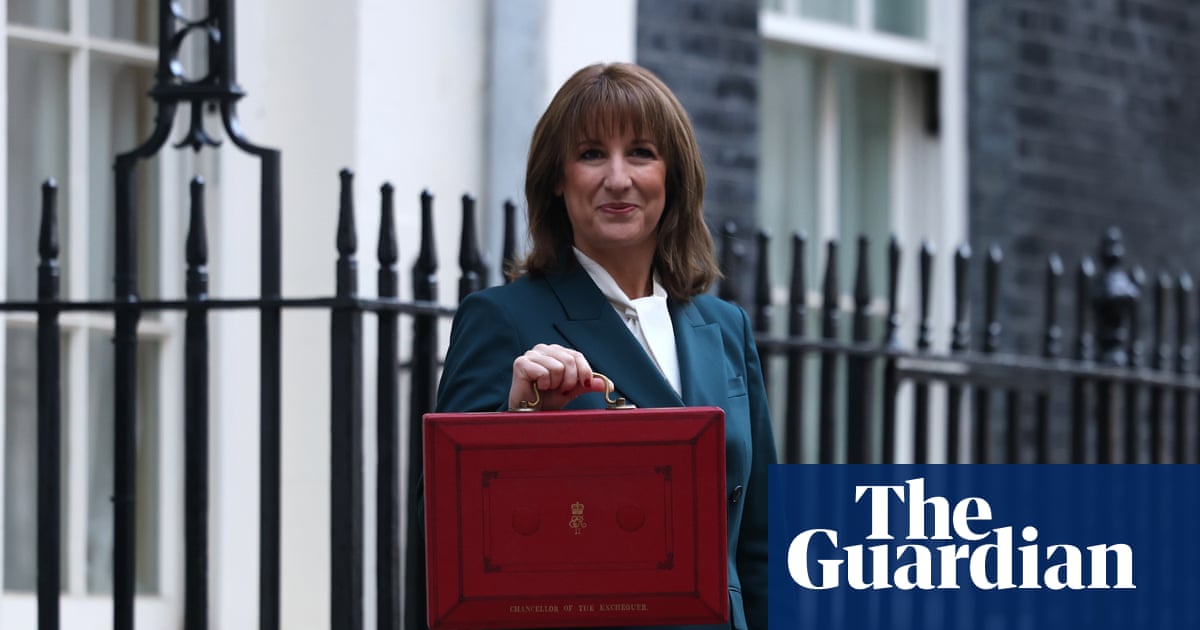Hurricane Melissa downgraded to category 3, still "extremely dangerous"
The National Hurricane Center has, once again, downgraded Melissa to “a category 3 hurricane on the Saffir-Simpson Hurricane Wind Scale,” but said it is still “an extremely dangerous major hurricane.”
The centre warned the hurricane could “cause life-threatening and potentially catastrophic flash flooding with numerous landslides” as it approaches Cuba.
For eastern Cuba, total rainfall of 10 to 20 inches is expected through today, with local amounts of 25 inches expected over mountainous terrain.
Key events Show key events only Please turn on JavaScript to use this feature
Jamaican officials to assess damages on Wednesday
As Cuba prepares for the storm to make landfall any minute, officials in Jamaica are preparing to assess the damage on Wednesday.
A video shared by the Jamaican Constabulary Force shows officers surveying extensive destruction in Black River, close to where Hurricane Melissa made landfall on Tuesday as a Category 5 storm.
The footage showed downed power lines, piles of debris and vehicles sitting in muddy water.
Extensive damage was reported in parts of Clarendon in southern Jamaica and in the southwestern parish of St. Elizabeth, which was “under water,” said Desmond McKenzie, deputy chairman of Jamaica’s Disaster Risk Management Council.
The storm also damaged four hospitals and left one without power, forcing officials to evacuate 75 patients, McKenzie said.
More than half a million customers were without power as of late Tuesday as officials reported that most of the island experienced downed trees, power lines and extensive flooding.
Internet connectivity in Jamaica dropped to a low of 42% of normal levels, according to internet monitoring organisation NetBlocks.
The storm’s heavy winds caused widespread damage to power and communications infrastructure, cutting off many parts of the country, NetBlocks said.
The government said it hopes to reopen all of Jamaica’s airports as early as Thursday to ensure the quick distribution of emergency relief supplies.
The storm already was blamed for seven deaths in the Caribbean, including three in Jamaica, three in Haiti and one in the Dominican Republic, where another person remains missing.
Hurricane Melissa downgraded to category 3, still "extremely dangerous"
The National Hurricane Center has, once again, downgraded Melissa to “a category 3 hurricane on the Saffir-Simpson Hurricane Wind Scale,” but said it is still “an extremely dangerous major hurricane.”
The centre warned the hurricane could “cause life-threatening and potentially catastrophic flash flooding with numerous landslides” as it approaches Cuba.
For eastern Cuba, total rainfall of 10 to 20 inches is expected through today, with local amounts of 25 inches expected over mountainous terrain.
NHC confirms Hurricane Melissa expected to make landfall in Cuba soon
Hurricane Melissa will make landfall in Cuba “soon”, according to the latest 2am ET public advisory from the National Hurricane Center (NHC).
The NHC said:
Melissa is expected to make landfall soon along the southern coast of eastern Cuba as an extremely dangerous major hurricane.
On the forecast track, the core of Melissa is expected to move over eastern Cuba through this morning, move across the southeastern or central Bahamas later today, and approach Bermuda Thursday and Thursday night.
Maximum sustained winds are near 125 mph (205 kph) with higher gusts.
Category 4 Melissa is forecast to make landfall in eastern Cuba early Wednesday morning.
Provinces from Guantánamo — in the far east — to Camagüey, almost in the center of elongated Cuba, had already suspended classes on Monday.
A storm surge of up to 12 feet (3.6m) in the region is expected to drop up to 20 inches (51cm) of rain in parts of eastern Cuba.
“Numerous landslides are likely in those areas,” said Michael Brennan, director of the U.S. National Hurricane Center in Miami.
The hurricane could worsen Cuba’s severe economic crisis, which already has led to prolonged power blackouts, fuel shortages and food shortages.
Trump confirms US is prepared to aid Jamaica in Hurricane Melissa aftermath
The US president spoke to reporters on Air Force One, en route from Japan to South Korea:
We’re watching it closely, and we’re prepared to move.
I’ve never seen that before. I guess it can get that high, but I’ve never seen it.
Earlier, Jamaica prime minister Andrew Holness said he received a message from US secretary of state Marco Rubio. In a video interview with NBC’s Tom Llamas, Holness said:
Secretary of State and the President of the United States have always been good to us, and we’ve always been good and strong partners with the United States.
We’re confident that whatever assistance they can render, whatever assistance we deem necessary, there will be a great effort to have that fulfilled.
An official platform was launched by Jamaica’s government to “coordinate relief, mobilise support, and manage recovery efforts in the wake of Hurricane Melissa.”
Holness told Llamas the Jamaican government will commence other relief and recovery efforts as soon as it is safe enough to do so.
Cuba’s president has warned the country is in for a 'very difficult night'
Writing on X, Miguel Díaz-Canel Bermúdez said 735,000 people had so far been evacuated.
Earlier, in a televised address to the nation and wearing an olive-green uniform, Díaz-Canel urged the population to not underestimate the power of the storm, calling it “the strongest ever to hit national territory.”
He asked residents to avoid bathing in swollen rivers and urged them not to leave evacuation sites “until the order has been given.”
“There will be a lot of work to do. We know there will be a lot of damage.”
Jamaican government downgrades warnings from "Hurricane" to "Tropical Storm"
The National Hurricane Center’s (NHC) latest 11pm ET update said the government of Jamaica replaced the “Hurricane Warning” with a “Tropical Storm Warning.”
Damaging winds are forecast to gradually subside across Jamaica, but the NHC advised locals to “remain safe in shelter until sunrise.”
Rohan Brown, of Jamaica’s Meteorological Service, warned that as Melissa moves off the coast, its counterclockwise rotation would bring a heavy storm surge to northern Jamaica through the night.
NHC warns Melissa "re-strengthening" as it approaches Cuba at category 4
The most recent 11pm ET advisory from the National Hurricane Center (NHC) warned Melissa is “re-strengthening as it approaches eastern Cuba.”
The hurricane is expected to make landfall “as an extremely dangerous major hurricane in the next few hours,” it said.
“In the warning area in Cuba, residents should seek safe shelter immediately.”
The NHC has warned the Bahamas that “preparations to protect life and property should be rushed to completion.”
Though Melissa was briefly downgraded to a category 3 hurricane, it has officially bumped back up to a category 4, according to the NHC.
Hurricane warnings are in effect for:
-
Cuban provinces of Granma, Santiago de Cuba, Guantanamo, Holguin, and Las Tunas
-
Southeastern and Central Bahamas
A hurricane watch, typically issued 48 hours before the anticipated first occurrence of tropical-storm-force winds, is in effect for:
-
Bermuda
Tropical storm warnings are in effect for:
-
Jamaica
-
Haiti
-
Cuban province of Camaguey
-
Turks and Caicos Islands
We’ll bring you the latest NHC update when it launches in about an hour.
If you are just joining us, here is a our full story on what has happened so far:
Welcome summary
Welcome to our live coverage of Hurricane Melissa as it travels through the Caribbean.
Melissa is heading for Cuba’s second-largest city, Santiago de Cuba, after making landfall in neighbouring Jamaica as the strongest cyclone on record to hit the Caribbean island nation.
The hurricane roared ashore near Jamaica’s south-western town of New Hope, packing sustained winds of up to 185mph (295km/h), according to the US National Hurricane Center, well above the minimum 157mph (252km/h) wind speed of a Category 5 storm, the highest level on the Saffir-Simpson wind scale.
In south-western Jamaica, the parish of St Elizabeth was left “underwater”, an official said, with more than 500,000 residents without power.
“The reports that we have had so far would include damage to hospitals, significant damage to residential property, housing and commercial property as well, and damage to our road infrastructure,” Jamaica’s prime minister, Andrew Holness, said on CNN after the storm had passed.
Melissa weakened to a Category 3 storm but has since strengthened to Category 4 as it neared the Cuban coast. Authorities there said they evacuated about 500,000 people from areas vulnerable to winds and flooding.
Here are the major developments:
-
Hurricane Melissa made landfall in Jamaica’s on Tuesday as a category 5 hurricane. It is the strongest to lash the island since record-keeping began in 1851. The storm lost some power crossing Jamaica’s mountainous terrain, but remains a powerful Category 4 storm, according to the National Hurricane Center.
-
The hurricane is now making a toward Cuba. It could make a second landfall there as early as midnight, bringing winds of between 140 and 145mph.
-
Cuba’s president warned citizens the storm could be “one of the most severe - or possibly the strongest” ever to hit the island. “We want to emphasise ... the magnitude of this event,” said Miguel Díaz-Canel, urging Cubans not to return to their homes from shelters.
-
Desmond McKenzie, deputy chairman of Jamaica’s Disaster Risk Management Council, said the south-western parish of St Elizabeth “is under water” – and has sustained extensive damage.
-
Aid agencies and disaster relief charities are preparing to deploy. They will start operations across Jamaica and elsewhere in the Caribbean at speed as soon as weather conditions improve enough to safely do so. The Red Cross has said it expects about 1.5 million people to be directly affected by the disaster, set to become the largest in Jamaica’s history.
-
The extraordinary intensification of Hurricane Melissa is likely to be a symptom of the rapid heating of the world’s oceans. Melissa is the fourth storm in the Atlantic this year to undergo rapid intensification of its wind speed and power. This sort of intensification has been linked to the human-caused climate crisis, which is causing oceans to become hotter.

 1 month ago
23
1 month ago
23

